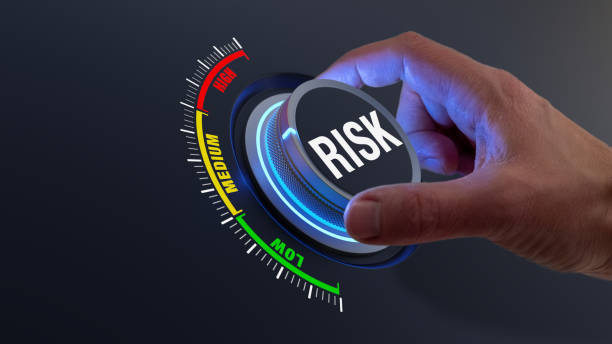INTRODUCTION
Risk Analysis & Mitigation Plan
In a detailed project report (DPR), the Risk Analysis and Mitigation Plan section is essential to identify, assess, and provide strategies to mitigate potential risks that may affect the project's success.
This section should encompass all risk parameters, including those related to the market, technical aspects, and financial considerations.
Here's how to elaborate on the risk analysis and mitigation plan

Market-Related Risks
1. Market Demand Risk: Discuss the risk associated with market demand fluctuations. Factors may include changes in consumer preferences, economic downturns, or competitive pressures. Explain how you plan to mitigate this risk, such as diversifying your product/service offerings or identifying new markets.
2. Competitive Risk: Analyze the competitive landscape and the potential for increased competition. Describe strategies to maintain a competitive edge, such as innovation, pricing, or branding.
3. Regulatory and Compliance Risk: Identify regulatory risks specific to the industry and geographical region. Discuss plans for compliance, including obtaining necessary permits, licenses, and adhering to environmental and safety standards.
4. Supply Chain Risk: Assess the risk of supply chain disruptions due to factors like geopolitical instability, natural disasters, or logistical challenges. Detail backup suppliers, stockpiling strategies, or diversification of suppliers to mitigate this risk.
Technical Risks
1. Technology Risks: Evaluate risks associated with the adoption of new technologies or reliance on specific technical solutions. Discuss plans for technology testing, redundancy, and contingency measures.
2. Production and Operational Risks:Analyze risks related to production processes, machinery breakdowns, and operational challenges. Describe maintenance schedules, quality control procedures, and resource allocation to mitigate these risks.
3. Workforce and Skill Risks: Consider the risk of labor shortages or skill gaps. Describe strategies for recruiting, training, and retaining a skilled workforce.
4. Environmental and Sustainability Risks:Discuss risks related to environmental regulations, climate change, and sustainability concerns. Detail eco-friendly practices, green initiatives, and compliance strategies.
Financial Risks
1. Cost Overruns: Analyze the risk of project cost overruns due to unforeseen circumstances. Discuss budgetary controls, change management procedures, and contingency funds.
2. Revenue Shortfalls: Assess the risk of not achieving projected revenue. Discuss pricing flexibility, demand-side management, and strategies for diversifying revenue streams.
3.Capital Structure Risks: Evaluate the risk associated with the project's capital structure, including the balance of debt and equity. Discuss refinancing strategies, alternative funding sources, and debt management.
Risk Mitigation Measures
Provide a detailed plan for mitigating each identified risk. Include specific actions, responsibilities, and timelines for risk mitigation. Define key performance indicators (KPIs) or early warning indicators that will signal the emergence of certain risks, allowing for proactive responses. Describe the financial resources allocated for risk mitigation, such as contingency funds or insurance coverage.
Monitoring and Reporting
Explain how the project will continuously monitor and assess risks throughout its lifecycle. Outline a reporting structure that communicates risk assessments, mitigation progress, and any changes to stakeholders regularly.
Quick Links
© Jaikvik Business India Private Limited. All Rights Reserved.
